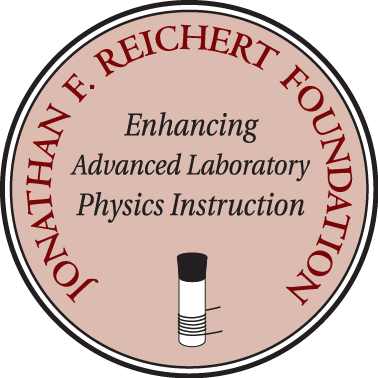- Home
- What We Do
- Laboratory Immersions
- Immersions 2024
- Imm2024UMichigan_ChaoticCircuit
University of Michigan, Ann Arbor MI
An updated chaotic circuit experiment
June 3, 2024 to June 5, 2024
Number of setups available: 1
Maximum number of participants: 3
------------------------------------------------------------------------------------------------------------------------------------------
Following the lead of Experiments in Modern Physics, 2nd Edition, by Adrian C. Melissinos and Jim Napolitano, we have constructed a modified version of the R-L-Diode chaotic circuit experiment. A variable resistor and a variable inductor are used to vary the resonance frequency. The applied voltage signal and data collection is performed with a Red Pitaya 250-12 controlled by a LabView program developed by the presenter. The voltage across the diode can be scanned as a function of the input signal amplitude at selectable rates and the scans processed with a peak finding algorithm to generate pseudo real-time bifurcation plots clearly displaying the fractal nature of the data, with periods of stability, followed by chaos, and back to stability again. The first Feigenbaum constant can be estimated from the data. Students can capture large amounts of data quickly, exploring the response of the circuit at resonances, harmonics, and off resonances. Poincaré plots can further illustrate the rich dynamics of the experimental system.
Additional Options:
1) Participants may also learn, if interested, how control and data collection can be performed using Python.
2) A different version of the software can be used to substitute the Red Pitaya by programmable function generator and scope.
The experiment is designed assuming that the students have not taken a course in electronics and hence might not be familiar with the nonlinear behavior of diodes and the useful circuits that can be made with such devices. So before performing the chaotic circuit experiment, they collect data and plot a diode curve and experiment with diode rectifiers. The students also review the concept of resonance by capturing the Lorentzian response of a linear RLC circuit around its resonant frequency. Finally, they are introduced to the chaotic system that they will be exploring: a nonlinear R-L-Diode circuit. The diode voltage is measured as a function of the amplitude of the input signal. Several experiments are then performed: (1) the circuit is driven at its resonance frequency, (2) at harmonics, and (3) off resonance.
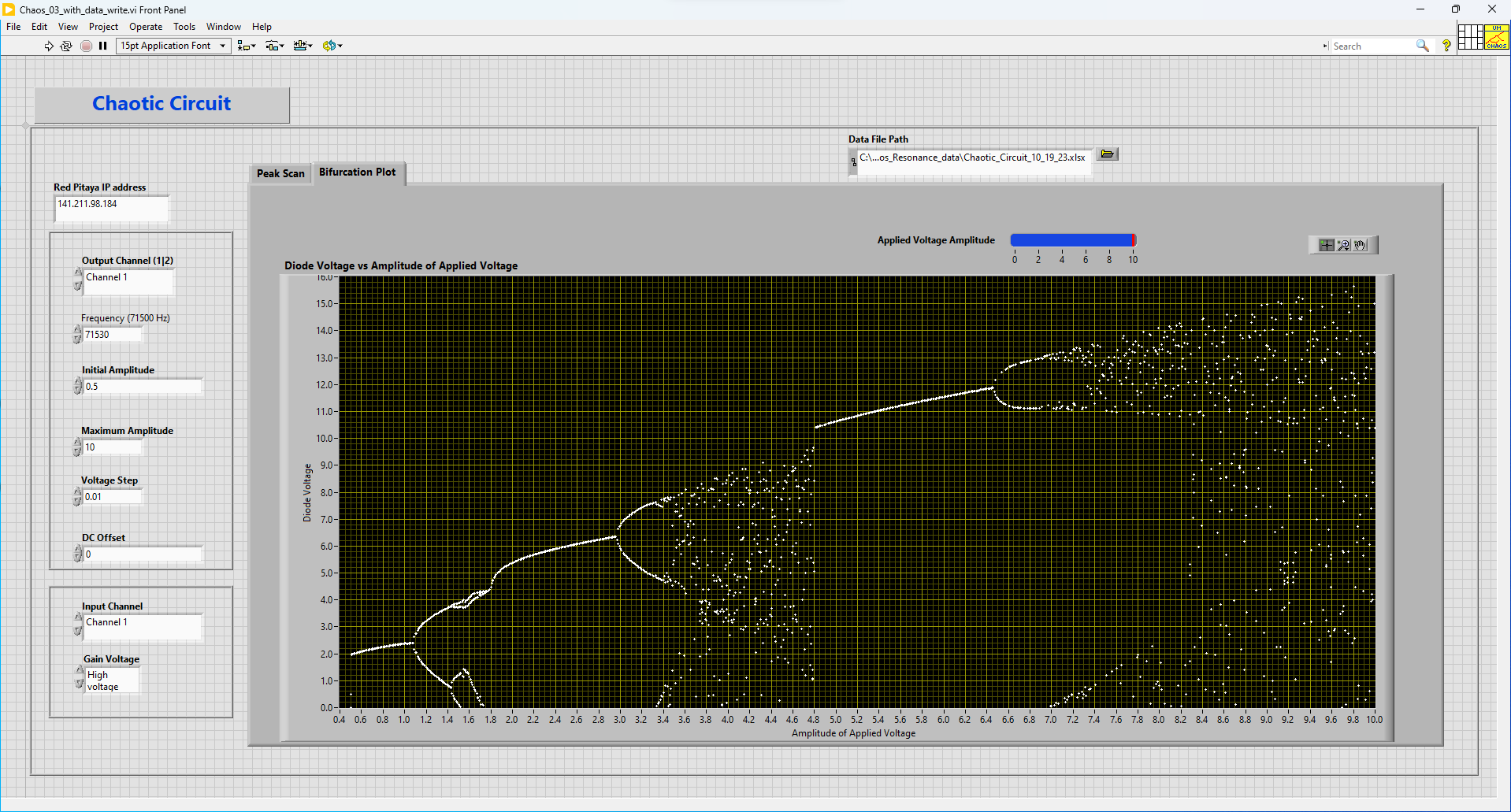
Figure 1: Control interface for the University of Michigan Chaotic Circuit experiment (written in LabView.)
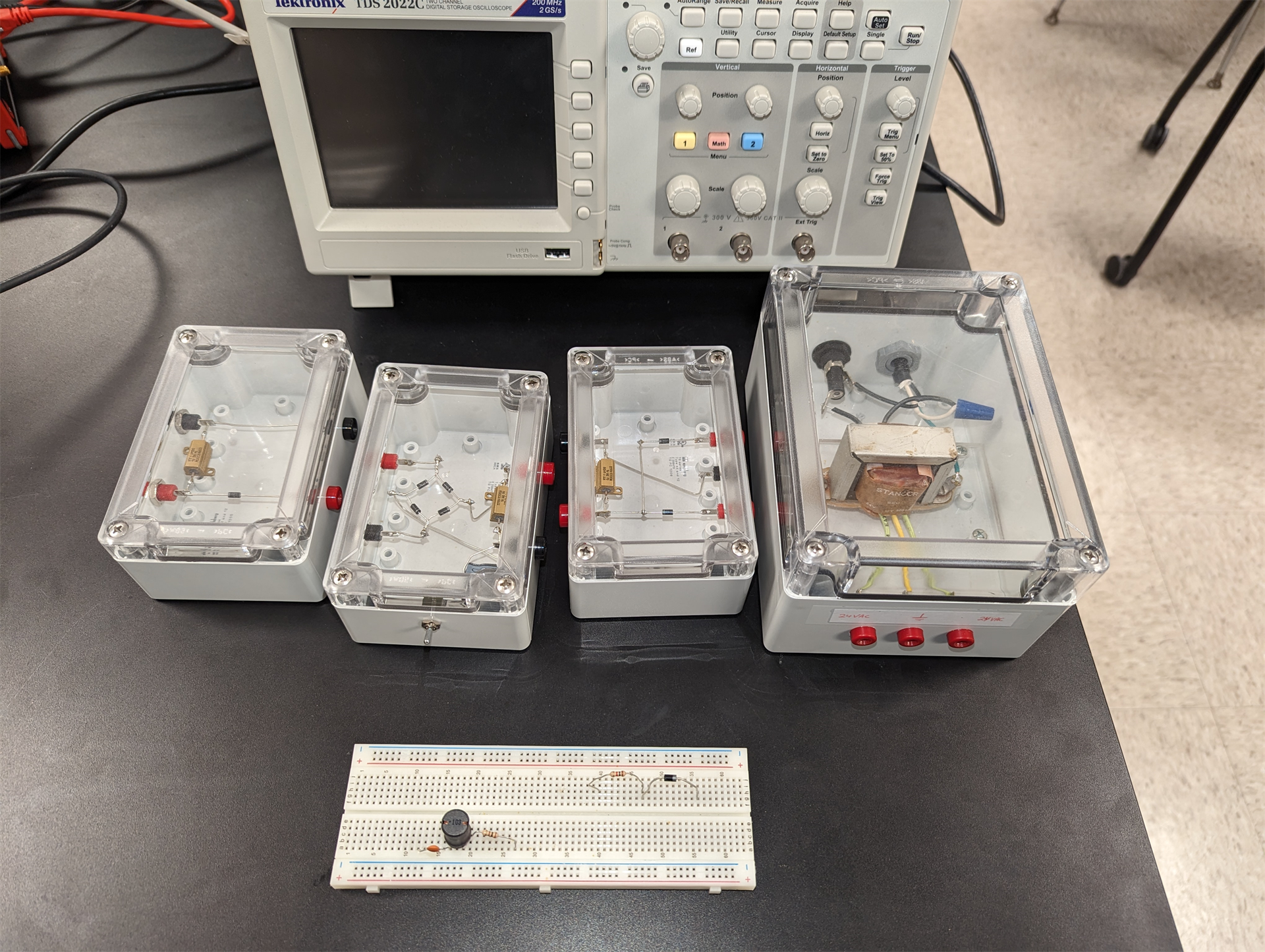
Figure 2: Preliminary experimental tasks: students review linear RLC resonance, nonlinearity of diodes, and examples of useful diode circuits (rectifiers.)
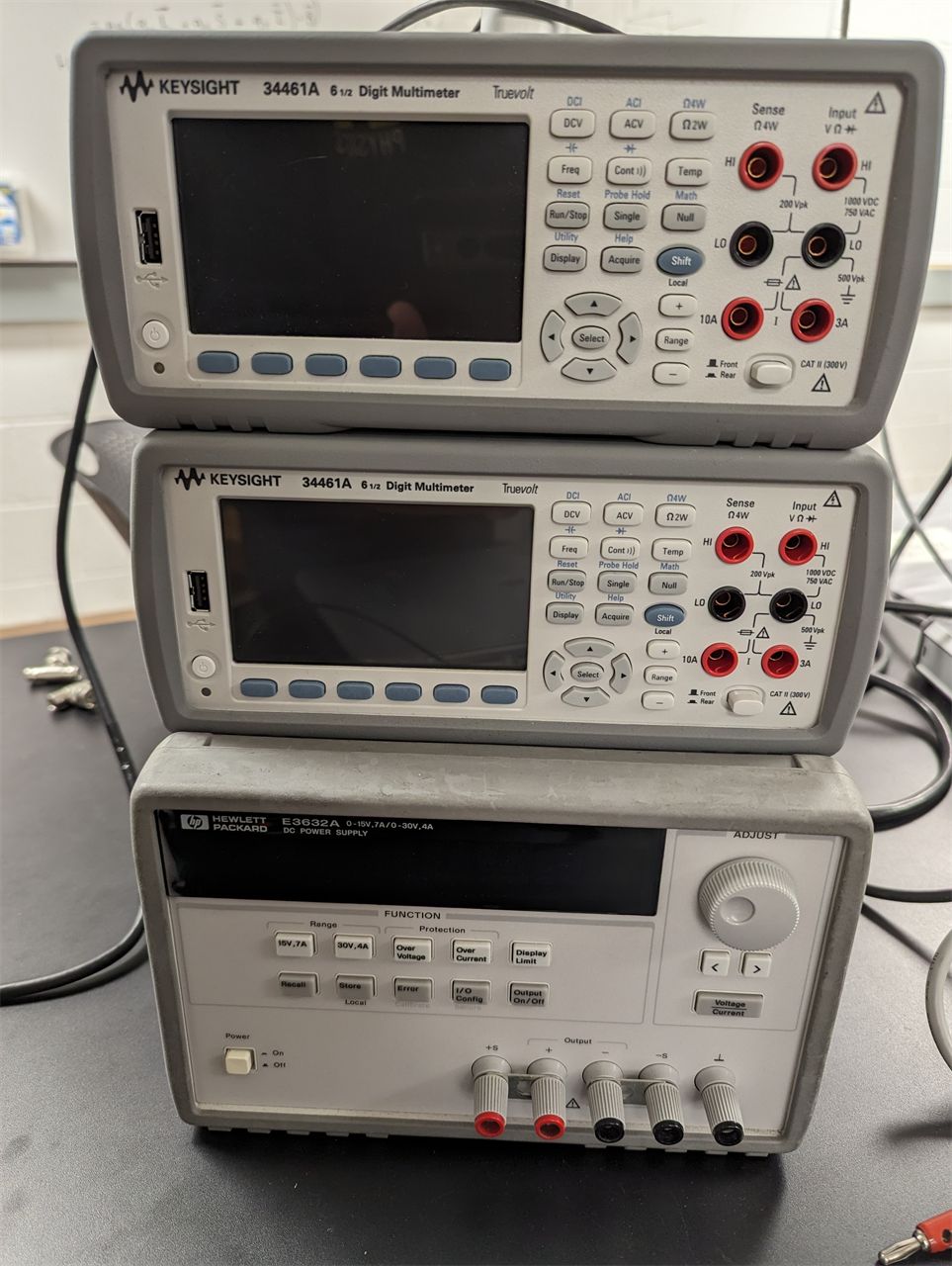
Figure 3: Benchtop equipment used for performing some of the preliminary tasks described in Figure 2.
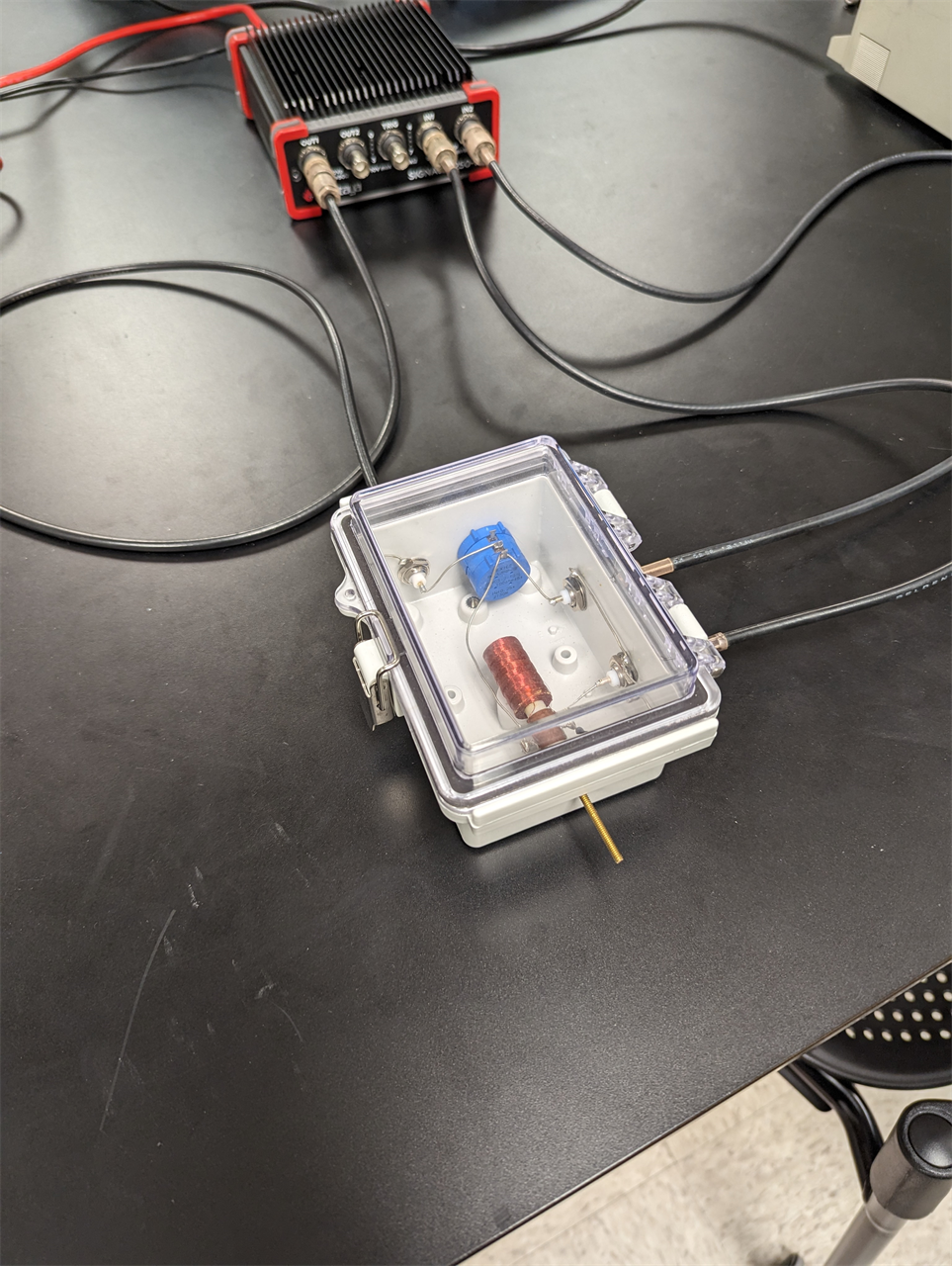
Figure 4: Chaotic circuit connected to a Red Pitaya 250-12
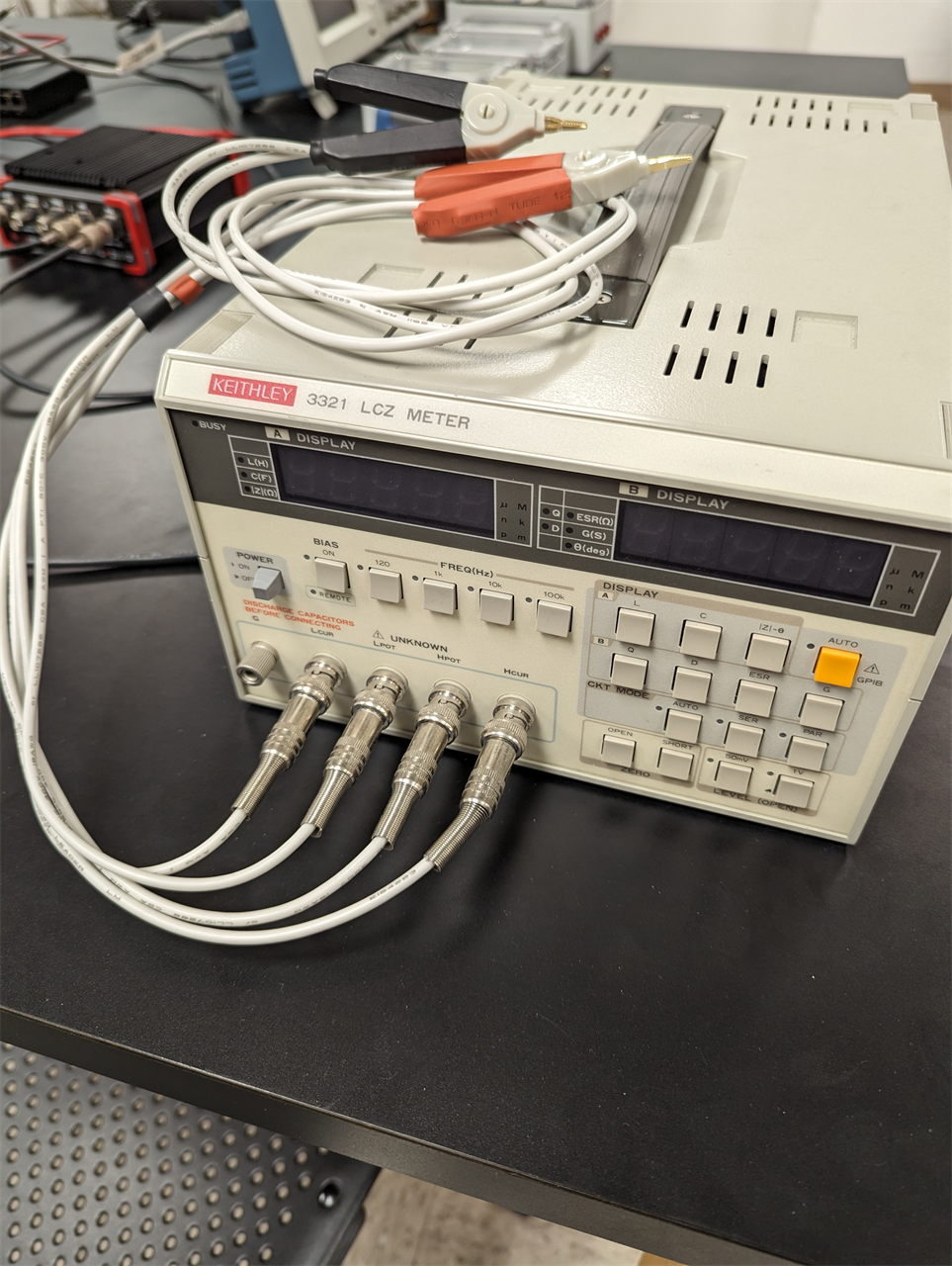
Figure 5: LCZ Meter
Participants will:
a) Review the specification and operation of the Red Pitaya boards with the presenter.
b) Become familiar with the preliminary experiments by verifying the diode curve and quickly testing the diode rectifier circuits used (Figures 2 & 3)
c) Prepare the chaotic circuit (Figure 4) to be driven at its resonance frequency by setting up and measuring (with the LCZ meter of Figure 5) the appropriate values of resistance and inductance.
d) Capture bifurcation plots and data at resonance frequency multiple times – varying the range of amplitudes to extract plot details
e) Analyze data to estimate the first Feigenbaum constant and create various Poincaré plots.
f) Would chaos be exhibited at a multiple of the resonance frequency? Explore it.
g) What would the bifurcation plot look like if the circuit is driven off resonance? Explore it.
SCHEDULE:
Day 1
Morning:
Introductions, review of Red Pitaya board specifications and how to control it and remotely acquire data.
Afternoon:
Completion of basic measurements with the Red Pitaya boards. Probing the RP boards with Python.
Performance of preliminary experiments.
Day 2
Morning: Initial set up and performance of chaotic circuit experiment (at resonance.)
Afternoon: Completion of chaotic circuit experiment (at resonance) – Estimate of first Feigenbaum constant.
Day 3
Morning: Completion of chaotic circuit experiment at multiples of resonance frequency and off resonance.
Afternoon: Data Analysis and Poincaré plots. Lab Tours if time allows and wrap up.
COSTS
Experimental setups can range, depending on implementation, from around $1,200 to $5,000 per setup. Details will be provided to participants. AN INSTALLABLE FREE COPY OF THE SOFTWARE WILL BE DISTRIBUTED.
SAFETY WARNING: Basic lab safety protocol with energized test and measurement equipment.

Host and Mentor:
Ramón O. Torres-Isea is Director of Intermediate and Advanced Physics Laboratories at the University of Michigan, Ann Arbor. He was recipient, with Prof. Carl Akerlof (Univ. of Michigan), of the 2015 Jonathan F. Reichert and Barbara Wolff-Reichert Award for Excellence in Advanced Laboratory Instruction. He received his B.S. and M.S. in Physics from Eastern Michigan University in 1980 and 1983, and quickly joined the workforce, developing a career as an industrial physicist. Since his return to academia at the University of Iowa, twenty-nine years ago, he has continuously worked to improve the teaching of physics laboratories. He manages the daily operations of the laboratories, teaches sections of intermediate laboratories as needed, and co-teaches every semester the senior laboratories with a rotating group of faculty members. He taught also for ten years a graduate physics course in computer control of research instrumentation at the department. Over the years Ramón has performed research in Optical Depolarization in Birefringent Crystals, Electrical Arc Physics, Shape-memory Alloys, and for the past fifteen years in Nuclear Physics, as part of a team led by Prof. Frederick Becchetti at the University of Michigan-University of Notre Dame TwinSol facilities. He is co-developer of the UM-DAS, a deuterated scintillator array for fast neutron detection. He is also co-inventor of three U.S. patented technologies: actuators which couple shape-memory thermal actuating elements with magnetic actuating elements; arc-suppressing current interrupters; and asynchronous magnetic-bead rotation technology for use in identifying and treating bacterial infections. Ramon developed and has taught for twelve years Forensic Physics, an outreach survey class for high-school students.
Please note that the Jonathan F. Reichert Foundation has established a grant program
to help purchase apparatus used in Laboratory Immersions. Limitations
and exclusions apply, but generally speaking the Foundation may support
up to 50% of the cost of the required equipment.




